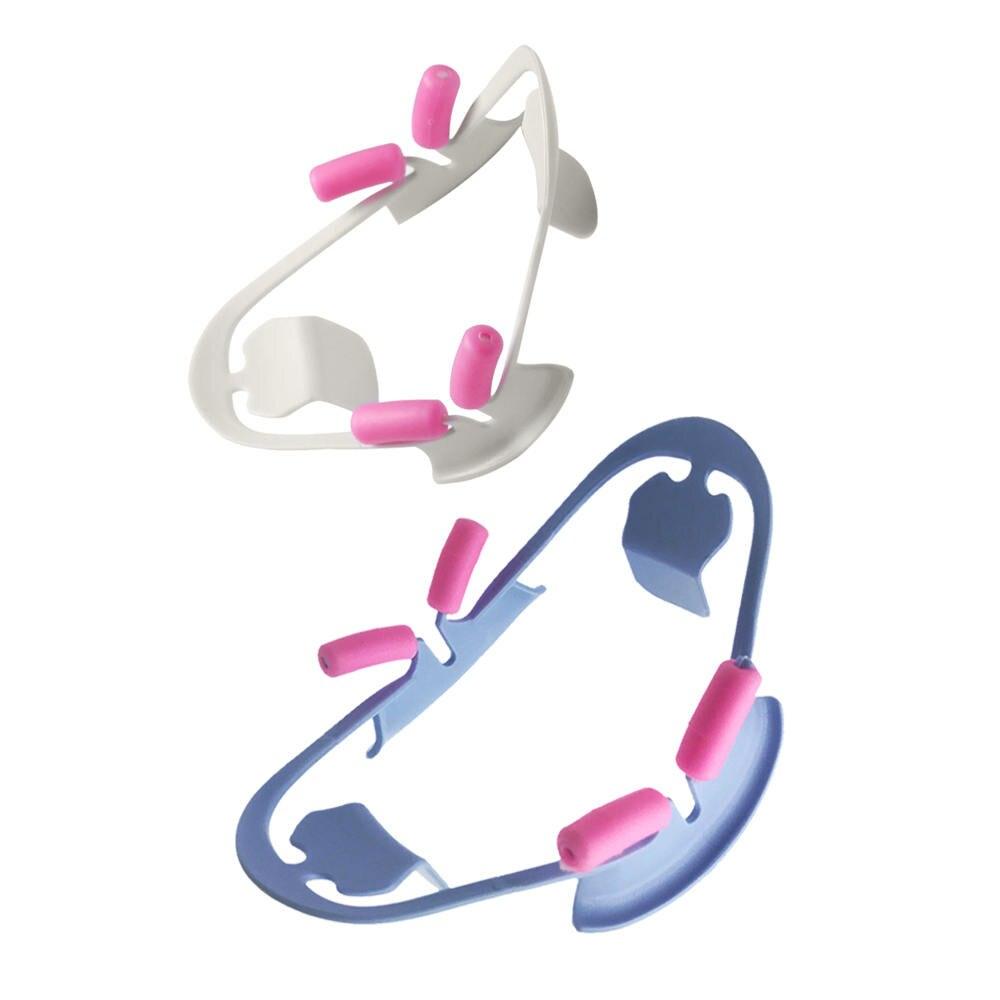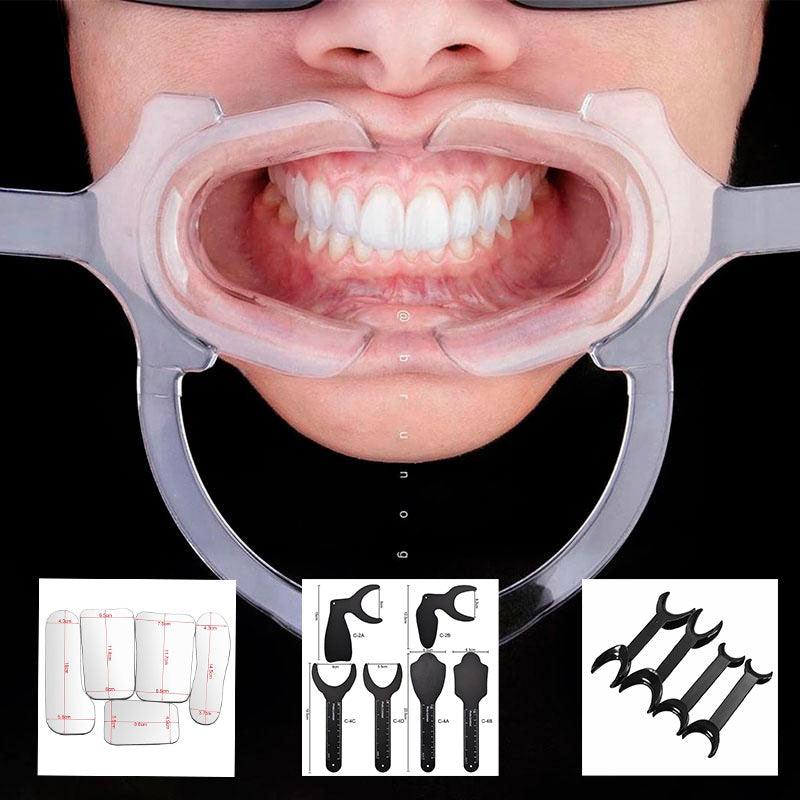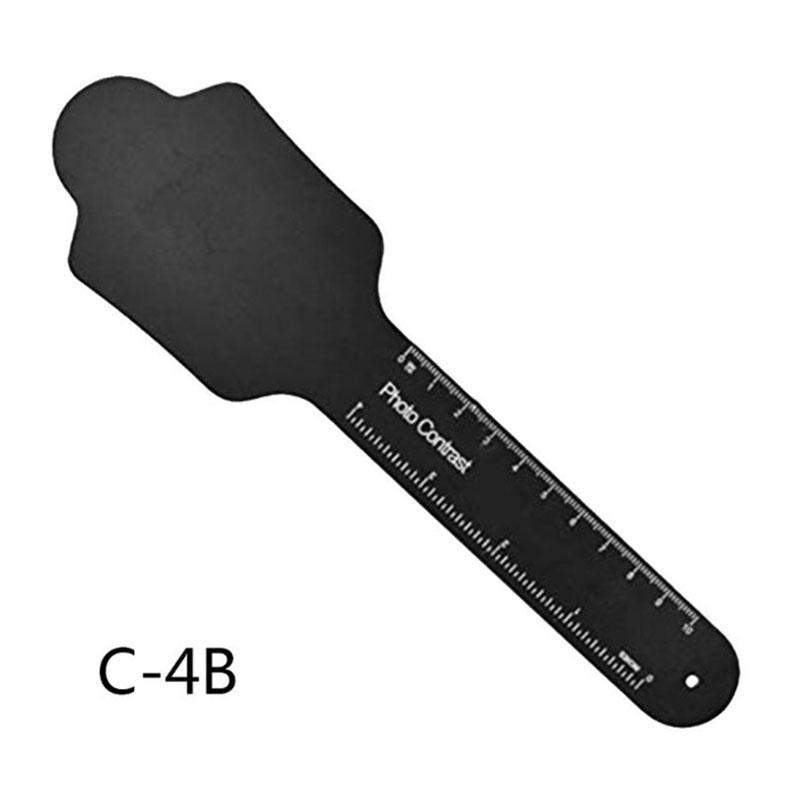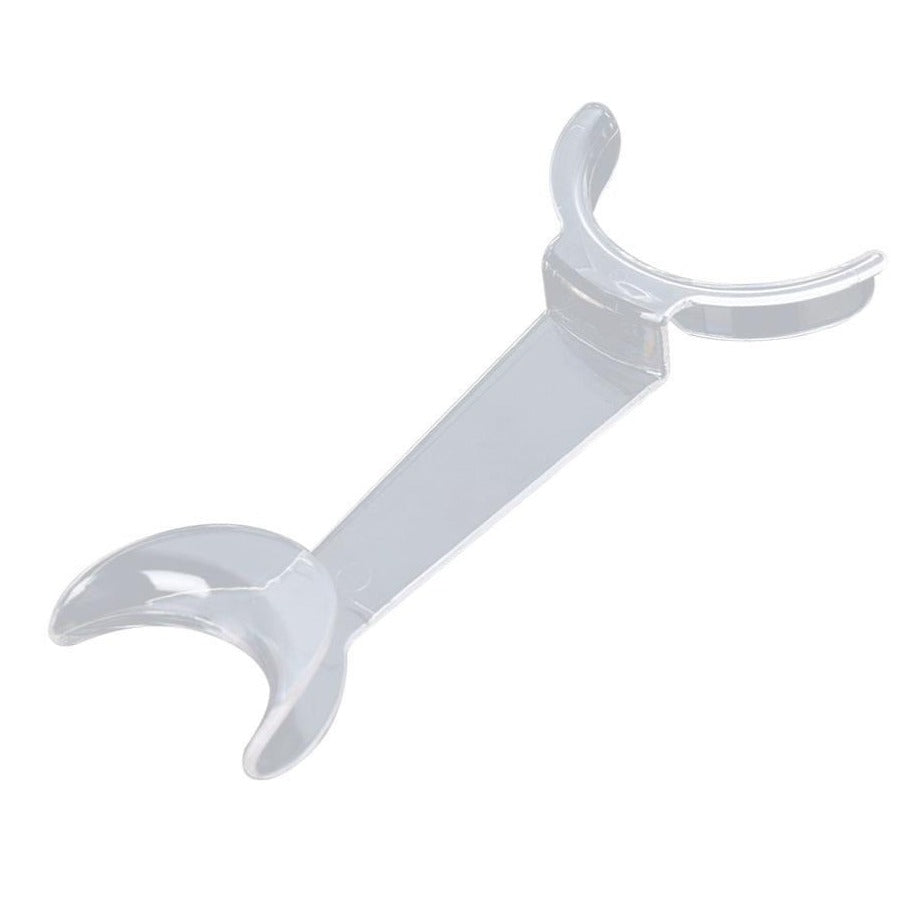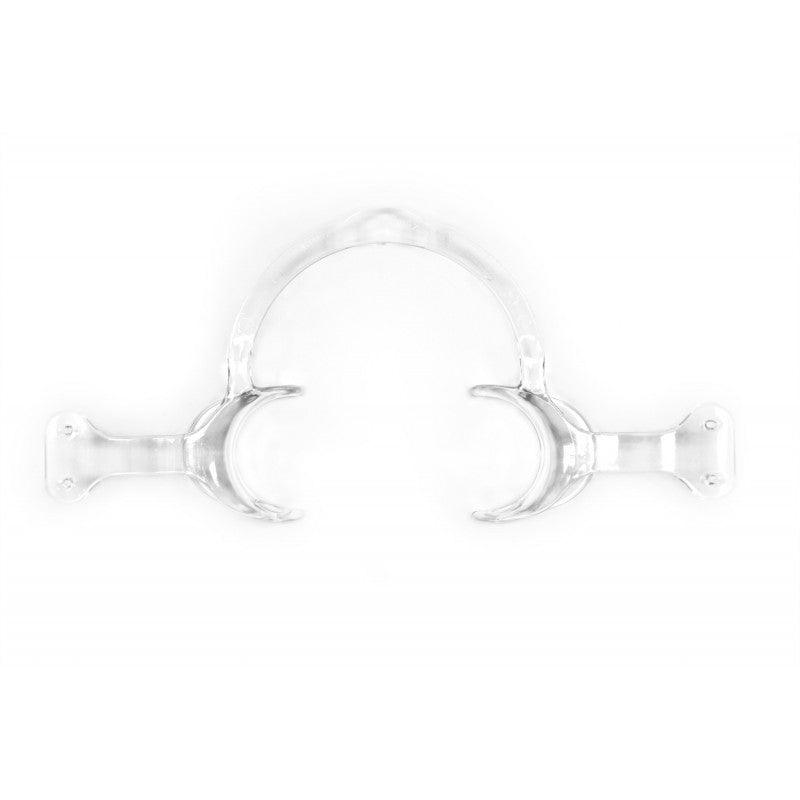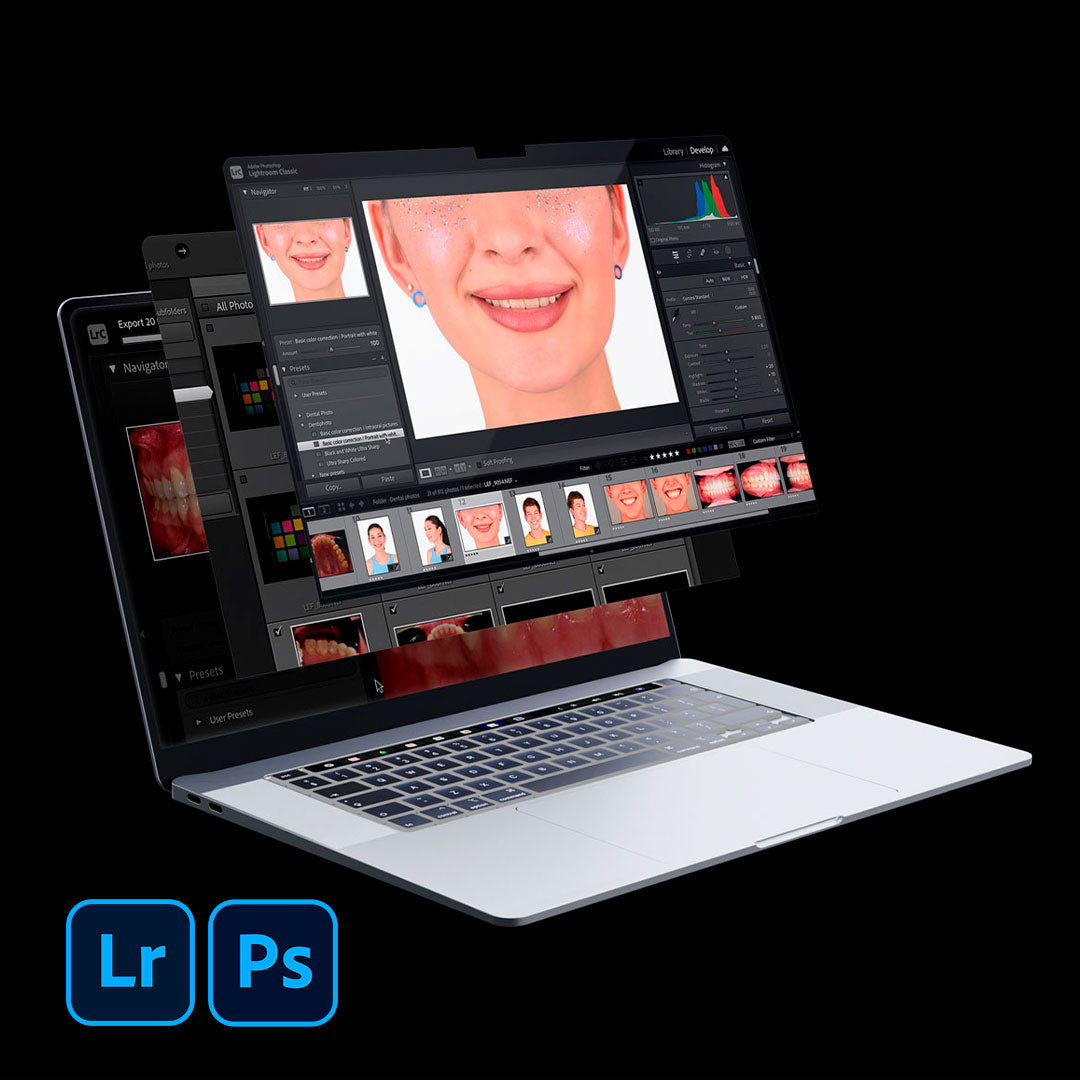In modern dentistry, dental photography plays a crucial role in diagnostics, treatment planning, visualizing results, and communicating with patients. Images of teeth and the oral cavity are indispensable tools that help dentists improve the quality of their work and ensure a high level of medical care.
Let’s delve deeper into the importance of photo protocols and dental photography in contemporary dentistry.
1. Diagnostics and Treatment Planning
Photo protocols allow dentists to document the condition of a patient’s teeth and oral tissues before starting treatment. Photos can be used to compare changes in tissues over time, monitor treatment progress, and evaluate results. Additionally, establishing an accurate diagnosis and developing an individual treatment plan is facilitated by the visual data provided by photographs. Photo protocols are extremely important for orthodontic procedures, fixing changes in bite and tooth mobility during braces treatment. Dental photography is also useful for determining or comparing tooth color before and after whitening.
2. Communication and Consultation
Photographs are a powerful means of communication between dentists, patients, and other specialists. By showing patients images of their teeth and issues, dentists can explain diagnoses, treatment plans, and expected results more clearly. This helps establish trust with patients, improve communication, and reduce anxiety levels. Showing similar cases from practice, demonstrating results of whitening, braces, or implants—all of this is possible thanks to dental photography and well-prepared case studies.
3. Educational Purposes and Scientific Research:
Photographs can be used for training dental students, conducting lectures, and professional development courses, as well as demonstrating new methods and technologies in dentistry. No conference, congress, or exhibition in dentistry is complete without dental photography. Furthermore, photos are widely used in scientific research to document clinical cases and publish results.
4. Legal and Juridical Aspects:
Photo protocols are an essential part of a patient’s medical history documentation. Photographs can serve as proof of diagnoses, procedures performed, and results obtained. A well-maintained photo protocol can safeguard your clinic during legal disputes, insurance cases, and expert examinations.
5. Enhancing Professional Level and Competitiveness:
Using dental photography and developing quality photo protocols allow dentists to enhance their professional level, confirm the quality of their work, and stand out in the dental services market. This helps attract new patients, strengthen partnerships with colleagues, and improve the clinic’s reputation. Dental photography is widely used for advertising purposes, publications on the clinic’s website, and of course, on social media pages. Quality dental content is the first thing a potential client pays attention to. Photo protocols and dental photography are indispensable parts of modern dental practice. Their proper use contributes to improving diagnostics, treatment planning, communication with patients, scientific research, documentation, and legal protection, as well as professional development and competitiveness.
Therefore, the introduction of photo protocols and dental photography into the work of a dental clinic is a crucial step towards achieving high standards of quality and effectiveness in dental practice.






